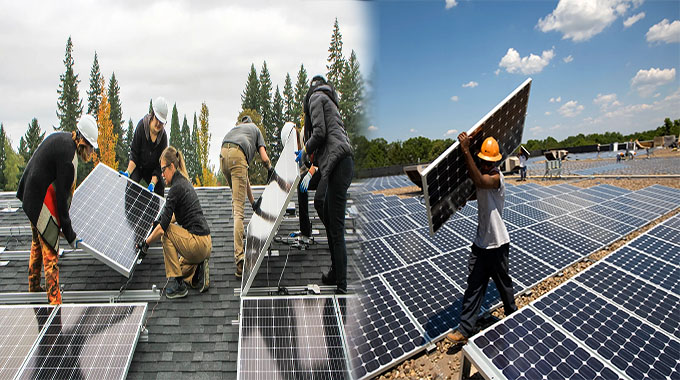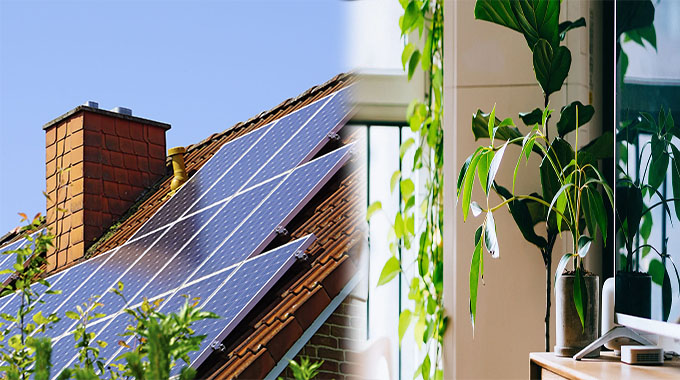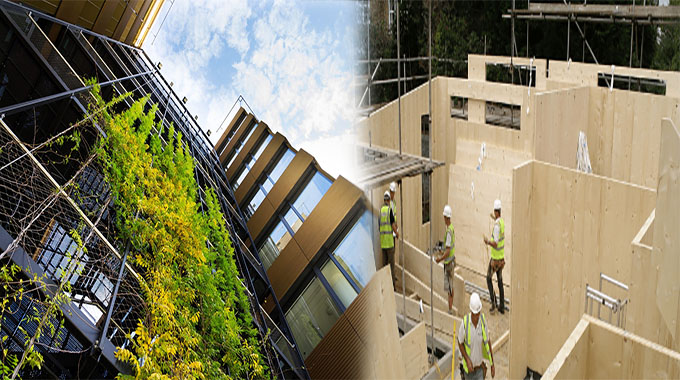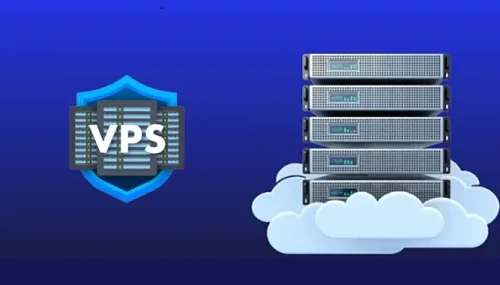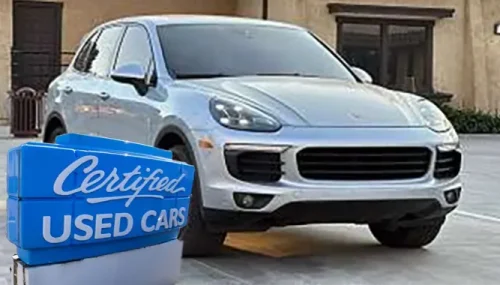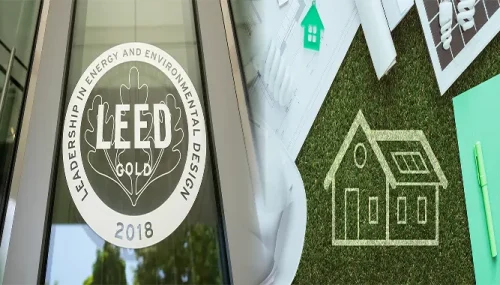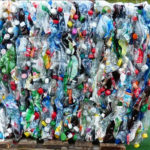Solar To Solve Energy Crisis And Climate Change
solar for your home is a great way to fight climate change. Solar energy has been around for more than 50 years, but it’s only recently that we have started to realize its potential. Not only does solar power help us save on electricity bills and reduce our carbon footprint, it also helps solve the global energy crisis as well as climate change.
Why Solar?
Solar is an abundant energy source. The sun’s rays are available to us all day, every day, and in most parts of the world. Solar energy could replace fossil fuels as our main source of power in just a few decades if we use it wisely.
Solar is also clean because it doesn’t produce greenhouse gases or other harmful pollutants when used as an energy source. It’s renewable because it will never run out; the sun will always shine on Earth!
Solar power plants can …

